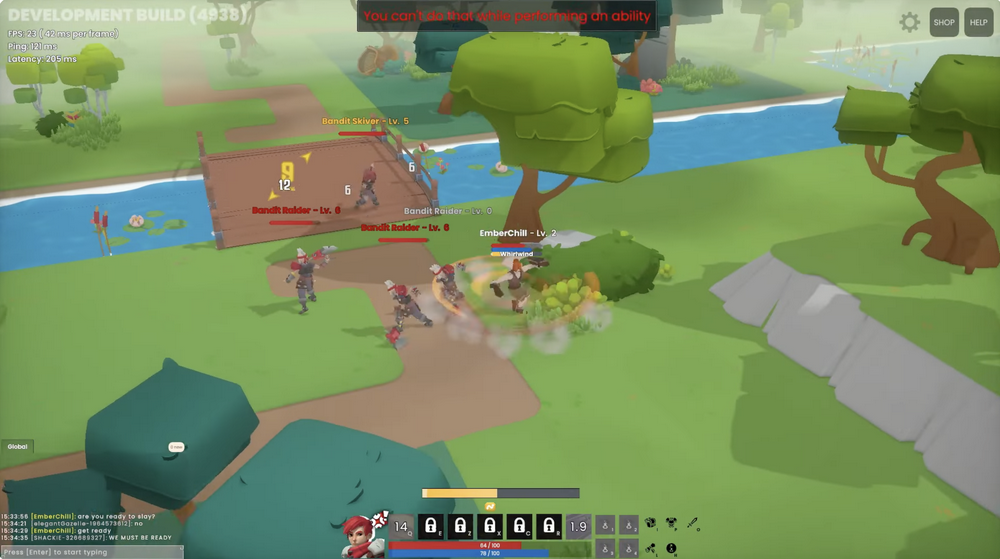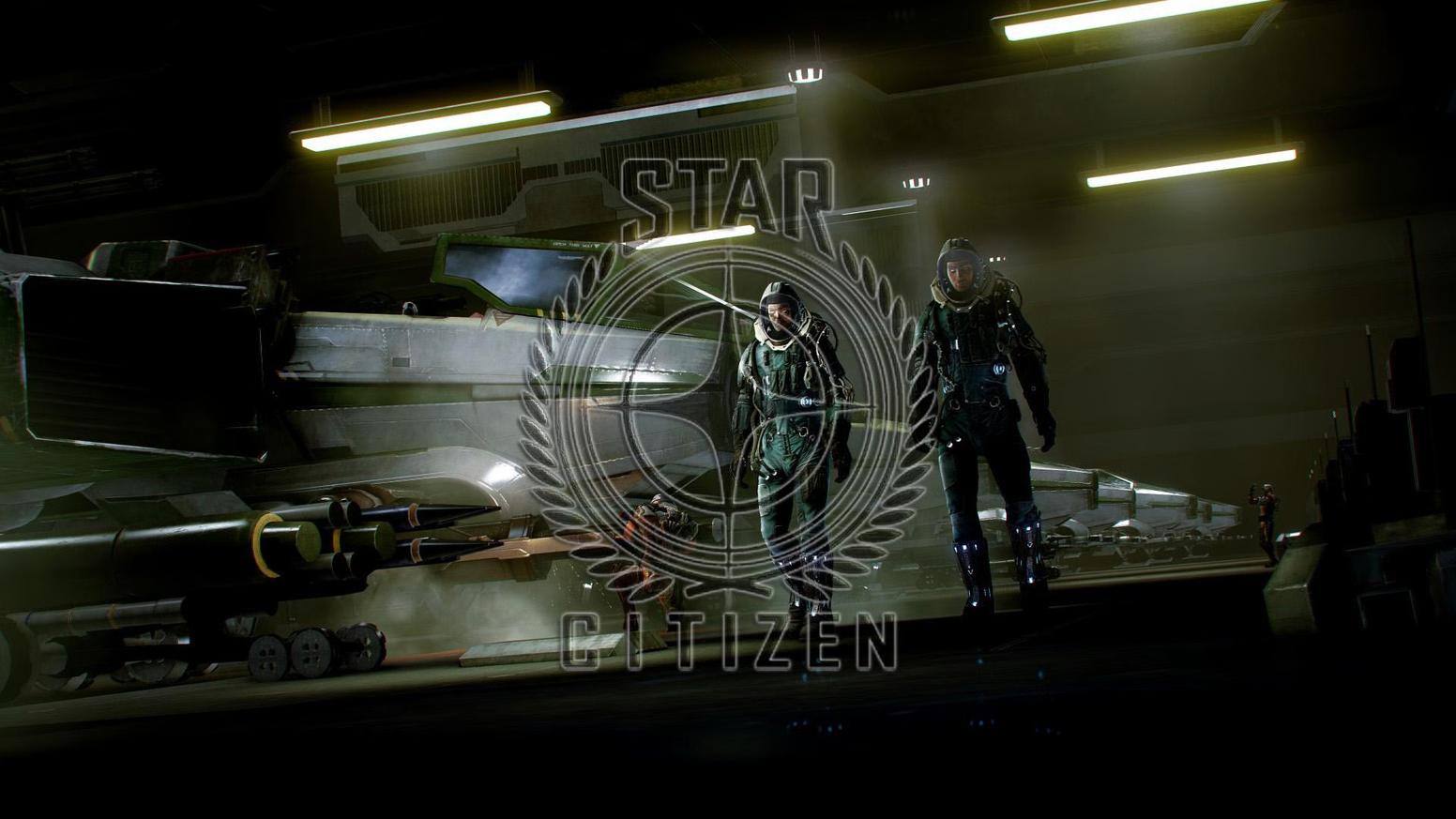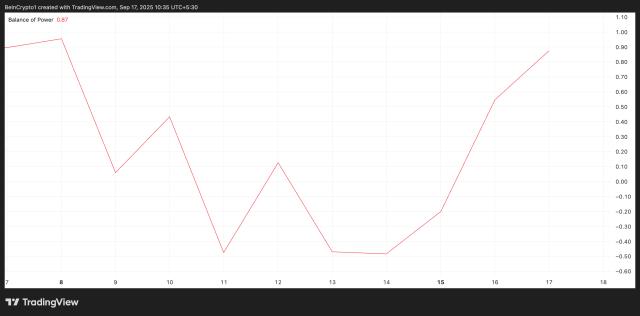In the current Web3 gaming field, airdrops and token incentives have become the basic means of attracting users. Especially in the early stages of a project, by promising future incentives to players, project parties can quickly expand their user base and enhance community activity. However, this strategy often struggles to maintain long-term user retention. Once tokens are issued and airdrops are completed, players massively leave due to reduced expectations of future rewards, causing game activity to rapidly decline, with sustained development becoming the primary challenge. As users churn, token prices drop, entering a negative spiral, with the market raising more doubts about the sustainability of the "Play to Earn" model, further exacerbating token price volatility and weakening investor confidence.
For investment institutions with reduced risk appetite, slowing pace, and maintaining a wait-and-see attitude, underperforming chain games are not an ideal choice. According to a DappRadar report, in the first quarter of 2025, Web3 game projects raised approximately $91 million, a 68% decrease compared to the same period in 2024 and a 71% decrease from the previous quarter. This decline shows a reduction in investor enthusiasm for the field, partly because increased attention to artificial intelligence and real-world assets (RWA) has dispersed investment interest in Web3 games.
A project's user numbers and attractiveness directly impact its ability to obtain funding and resource support. If user growth is weak or market response is lukewarm, even teams with strong capabilities might exhaust time and funds before delivering the final product. Looking at the multiple game projects that have closed in recent years, such situations are not uncommon.
Fund-Raising, Running Away, and "Garbage" Creators
For failed projects' funding adequacy and usage efficiency, it's not simply a matter of "lacking money" or "having too much money", but an issue of capital allocation and usage efficiency.
Among the many closed games, a few projects are regrettable. Their developers at least showed sincerity in game creation, perhaps unable to craft a complete, better product due to bad timing. Some development teams, however, entered the industry with the sole purpose of hyping and raising funds, making their creation of "cyber garbage" and subsequent disappearance unsurprising.
Ember Sword is particularly typical, with a development team's perfunctory approach that is shocking.
In 2021, riding the metaverse wave, Ember Sword became known to more people. During this trend, Ember Sword attracted 35,000 players and sold Non-Fungible Token virtual land worth $203 million. Ember Sword also completed multiple funding rounds, with investors including game streamer Dr. Disrespect, The Sandbox co-founder Sebastien Borget, and Twitch co-founder Kevin Lin.
Last July, Ember Sword announced entering the closed beta phase and showcased a game gameplay video. However, the crude, rough, and cheap visuals deeply disappointed players. Some commented: "If this had been released in 1995, my 11-year-old self would have been excited." Other players denounced the game as a scam, claiming its graphics were inferior to the MMORPG 'RuneScape' released back in 2001. Ember Sword's inevitable closure was already foreshadowed at that time.
 Ember Sword game test screen
Ember Sword game test screen
With Ember Sword permanently closed, servers offline, and Discord access restricted, the EMBER token has plummeted to near worthlessness, with a market value of only $80,000. The developer pompously stated: "This is not the ending any of us wanted" - which is certainly true, with many community members calling Ember Sword a "scam". The game's player YouTuber CAGYJAN claimed on X that he lost at least $30,000 on the project between 2021 and 2025, with many similar experiences shared in the comments.
(Note: The translation continues in the same manner for the remaining text, maintaining the specified translation rules for specific terms.)Star Citizen, mockingly referred to as the "ship-selling cult", has been crowdfunding on Kickstarter since October 2012. Over thirteen years, the game's developer Cloud Imperium Games has raised over $800 million through various means, including paid Alpha testing, subscriptions, merchandise, microtransactions, and selling ships worth hundreds of dollars to players. Although the game has sparked some controversy, the community has rarely collectively protested about paid in-game content.

When traditional game crowdfunding fails, most players' investments are typically limited to purchasing game copies or related merchandise, with relatively small amounts. Even if traditional game projects fail, players' economic losses are limited, and they often psychologically view it as supporting developers rather than a direct monetary investment. Even if the project is not completed as planned, supporters often see it as supporting creativity rather than a failed speculation.
However, in the Web3 model, players and speculators directly purchase game assets or tokens with real money, facing real fund evaporation when projects fail, resulting in a stronger sense of loss and betrayal.
Where Should Web3 Games Go?
"What are the best-designed, economically sustainable Web3 games? Currently, the answer is simple—almost none," pointed out Duncan Matthes, a researcher at Delphi Digital. Game development cycles are long and capital-intensive. Most high-quality games require 2 to 5 years or more of development and require high levels of expertise.
Moreover, development budgets range from millions of dollars for mobile games to hundreds of millions for console and PC games—far exceeding the average funding for Web3 games. These factors make game tokens difficult to grow steadily, primarily driven by attention and constantly changing narratives.
In this context, industry professionals generally believe that Web3 game developers must first ensure the quality and playability of the game itself. Carlos Pereira, a partner at Bitkraft Ventures, recently told Blockworks that Web3 game development should prioritize game quality, rather than prematurely introducing tokens or Non-Fungible Tokens for monetization, as this would set overly high expectations. If studios fail to meet these expectations through exit or plan adjustments, they will find themselves in trouble.

For many Web3 game developers, in their excessive pursuit of ownership and economic incentives through Non-Fungible Tokens, they often overlook core game elements such as characters, narrative, game experience, and community interaction. Shiti Manghani, COO of Find Satoshi Lab, previously stated that players care more about whether a game is fun, rather than the ownership mechanism of in-game assets.
In reality, the wave of Web3 game project shutdowns stems from multiple factors: the high failure rate in the gaming industry, difficult player retention in the Web3 model, issues with fund allocation and financing models, and the deterioration of the macroeconomic investment environment.
Facing these challenges, Web3 games need to return to value-driven and technological essence. They also need to go back to basics and first make Web3 games enjoyable.






